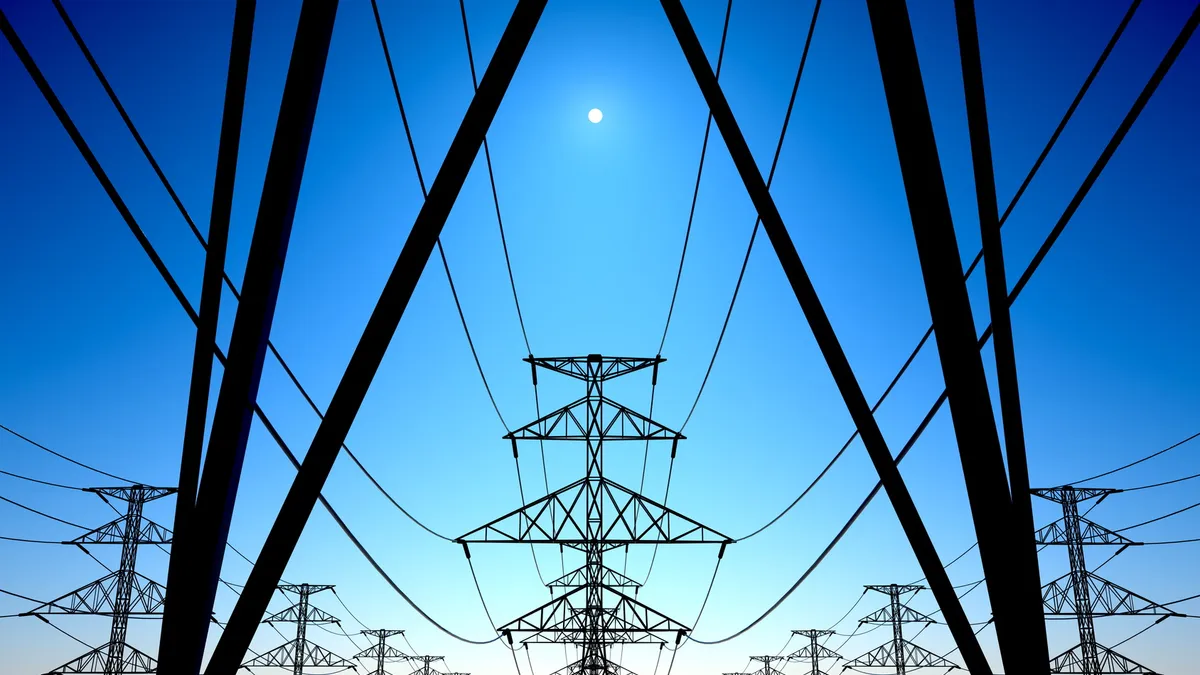Of the various policies being considered by the Federal Energy Regulatory Commission (FERC) this year, there is one in particular that deserves the continued attention of the agency: Order 1000; specifically, the electric transmission competition provisions of Order 1000.
Unfortunately, too few areas of the country are able to capitalize on the advantages Order 1000 makes available to ratepayers.
This landmark policy is a tremendous leap forward in enabling more affordable and innovative construction of needed additional electricity transmission capacity. FERC wisely saw the shortcomings that were developing as the transmission grid was expanding in response to more renewable and natural gas-based electricity generation being brought online beginning nearly a decade ago.
The virtual monopoly enjoyed by incumbent utilities gave them the ability to build any new electric transmission in their service areas, even if the proposal to build new transmission capacity came from a non-incumbent, third-party company. Incumbent utilities could even exercise their right to build the new electric transmission after the benefits of the independent company’s project had already been demonstrated, leaving the independent company unable to recoup the costs of their proposal.
Order 1000 remedied this by injecting competition into the process of building new electric transmission capacity. No longer would non-incumbent companies be discouraged from proposing new transmission projects. Instead, competitive market forces would influence the selection of new transmission projects, with electric customers reaping the benefits.
More cost-effective proposals from non-incumbents that could provide more technically innovative solutions to building new transmission capacity could now ultimately be selected without an adverse impact on customer rates.
Tangible benefits
When put into practice, injecting competition to new transmission construction has already brought tangible benefits to electricity consumers in regions where it is utilized. I’ve spoken numerous times about the advantages of using a competitive process for Texas’ Competitive Renewable Energy Zone (CREZ) high-voltage transmission construction project more than a decade ago.
CREZ was intended to build out the Electric Reliability Council of Texas (ERCOT) grid in west Texas, bring 10,000 megawatts of renewable energy to customers, and enhance the resiliency of the grid in Dallas-Ft. Worth.
Today, Texas’ retail electric prices are among the lowest in the nation and the state has a more diversified electricity generation portfolio.
CREZ is considered a significant infrastructure success story because of the efficient and effective way the lines were completed, which is due in large part to using a competitive process to select the transmission companies to build the new lines.
Guided by the requirement that transmission capacity be built “in a manner that is most beneficial and cost-effective to customers,” the Public Utility Commission of Texas (PUCT) selected three non-incumbent transmission companies that successfully built large segments of CREZ, and these competitive projects were completed on time and on budget.
Order 1000 is a bold, forward-thinking policy that will be particularly necessary in the coming years. Not only will significant new electric transmission construction be required in response to the grid’s changing electric production capacity and the growing delivery requirements of customers, but also to make the grid more resilient to natural disasters and potential terrorist attacks.
Regrettably, the competitive electric transmission provisions of Order 1000 face a number of roadblocks to more widespread implementation nationwide. Among them are unnecessary carve-outs that exempt some regions from utilizing the provisions under certain conditions.
These carve-outs include voltage restrictions on projects that are subject to competitive bidding and exempting certain electricity reliability projects from a competitive process. As a practical matter, there is no good reason such projects should be exempt from competition.
Instead, Order 1000 should be expanded and implemented consistently so more consumers can enjoy the benefits of innovative solutions and cost containment.
A thorough process
FERC is to be applauded for the meticulous process it went through to develop Order 1000.
The bipartisan rule was informed by thousands of pages of public comment and enjoyed widespread industry and interest group support, which helps explain its subsequent success in the courts.
But as successful as the electric transmission competition provisions of Order 1000 are, too many customers today are still unnecessarily being denied the benefits that come with competition.
Thankfully, FERC showed tremendous foresight in developing and adopting Order 1000. It can do the electricity sector and customers a tremendous service by working to take this already beneficial policy and make it easier to apply to future transmission construction projects in regions under its authority.
Barry Smitherman was a two-term member of the U.S. Department of Energy's Electricity Advisory Committee where during his second term he served as Chair of the Transmission Subcommittee. He is also former chairman of the Public Utility Commission of Texas and the Texas Railroad Commission, and is currently a lawyer in Austin, Texas. He currently works with clients in water rate disputes, merchant power generators and retailers, ‘competitive’ transmission providers, and occasionally private equity.





















